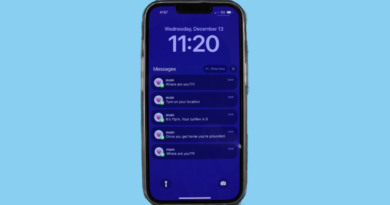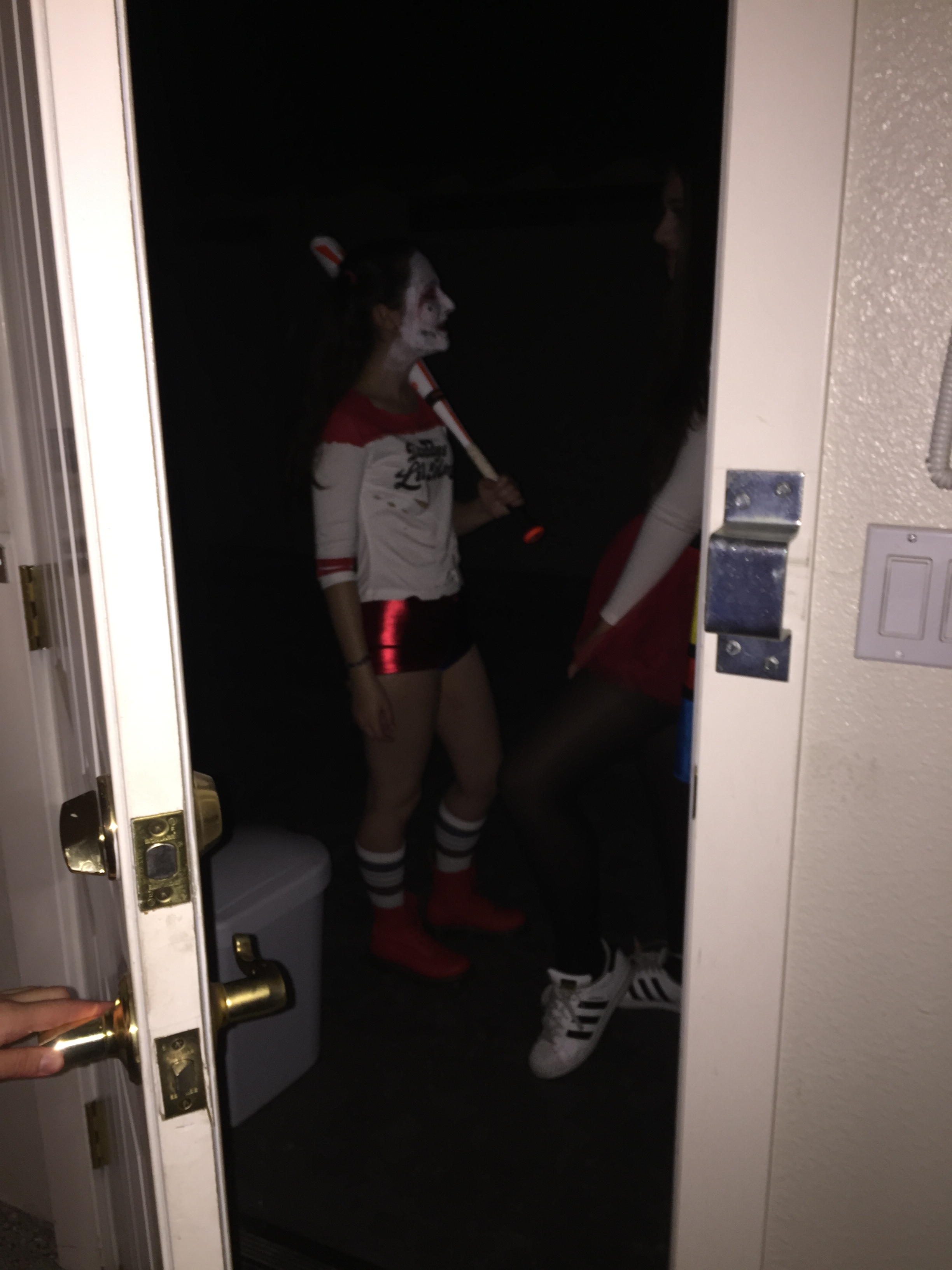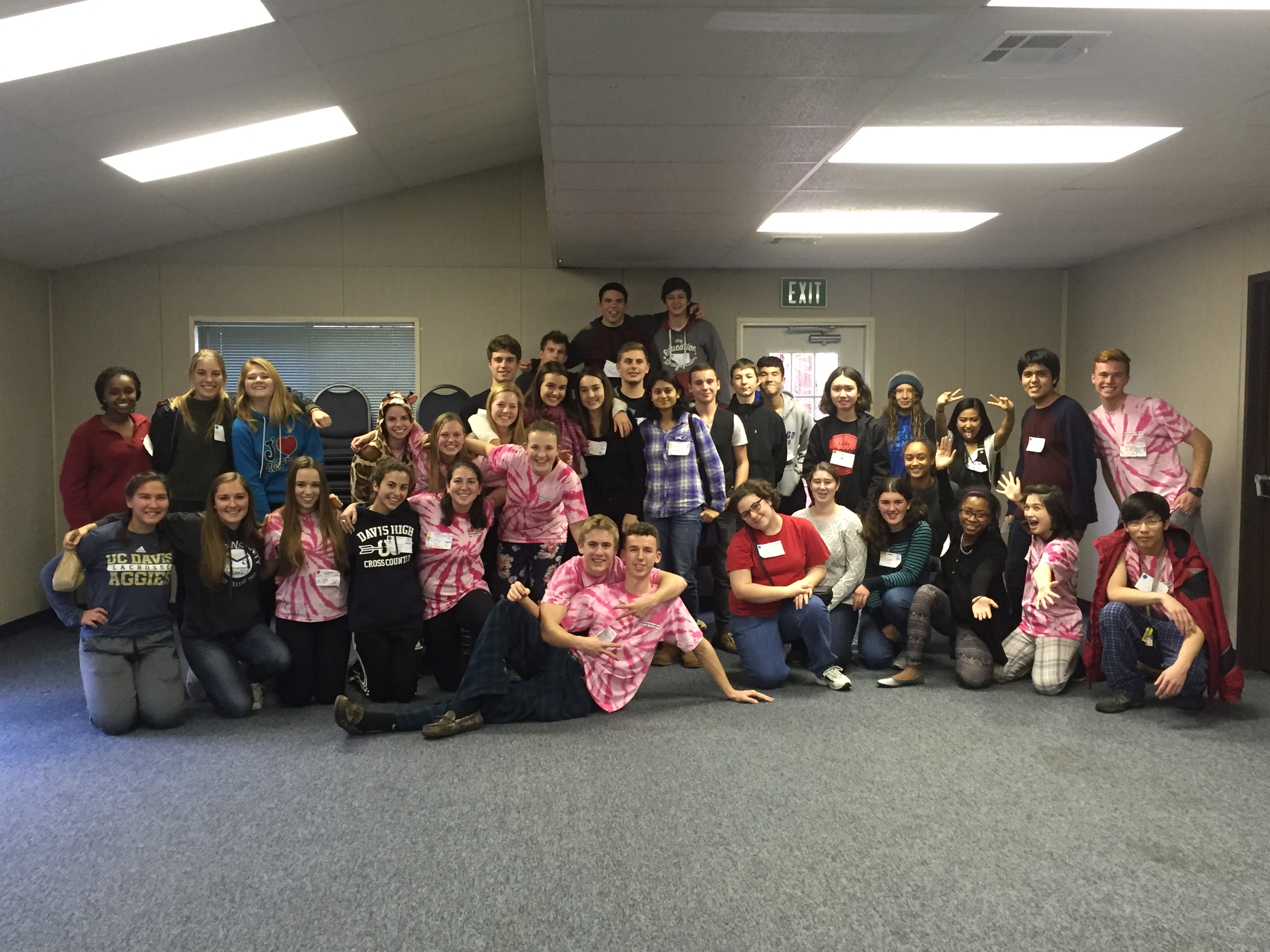Creative writing is the solution to social media illiteracy
PHOTO: Graphic by Christopher Kim
By Juna Brothers
BlueDevilHUB.com Staff–
There is a video on social media of a bean soup recipe. The main ingredient is beans. One of the top comments is “What if I don’t like beans?”
The answer seems obvious: then don’t make the soup. But somehow, comments like these are becoming more and more common.
Perhaps most of these commenters are children who do not yet fully understand things like intended audience or critical thinking. But a worrying amount of these people are high schoolers, college students and even fully-grown adults.
In the days of SparkNotes and TikTok searches for “(insert video topic) explained,” media consumers rely on others to feed them opinions and analyses. Davis High students replace their reading assignments with online summaries.
Often, these substitutions are out of necessity: there are simply too many things vying for our attention, and we can’t waste an hour reading two chapters of a book when we could read a summary in five minutes.
Unfortunately, this comes at a cost of media literacy: the ability to decode media messages and analyze their impacts, like being able to find the underlying assumptions made about someone watching a recipe for bean soup (they like beans) and determining whether the video is worth your time (I don’t like beans, so I shouldn’t watch the video).
Personally, the thing that helped me the most in learning how to navigate this online barrage of information was practicing creative writing. For the potential benefits it could offer, this is an incredibly undervalued resource in English curriculums.
One of the English language arts standards for grades 9-10 is to “apply knowledge of language to understand how language functions in different contexts, to make effective choices for meaning or style, and to comprehend more fully when reading or listening,” according to the California Department of Education.
When you write a story, you create media. You decide who your audience is, you decide what messages you want to incorporate in the story, you decide how you want to connect various elements. You become acutely aware of the nuance of each word you add, the context and the development of a style.
Experiencing the creative writing process firsthand has opened my eyes to so much of what I could not see in the media before, whether it’s a TV show, a TikTok, or a novel. And the best part: it’s fun.
Writing a story doesn’t feel like work, it feels like an adventure. I can control a whole world, and I can call every word my own.




